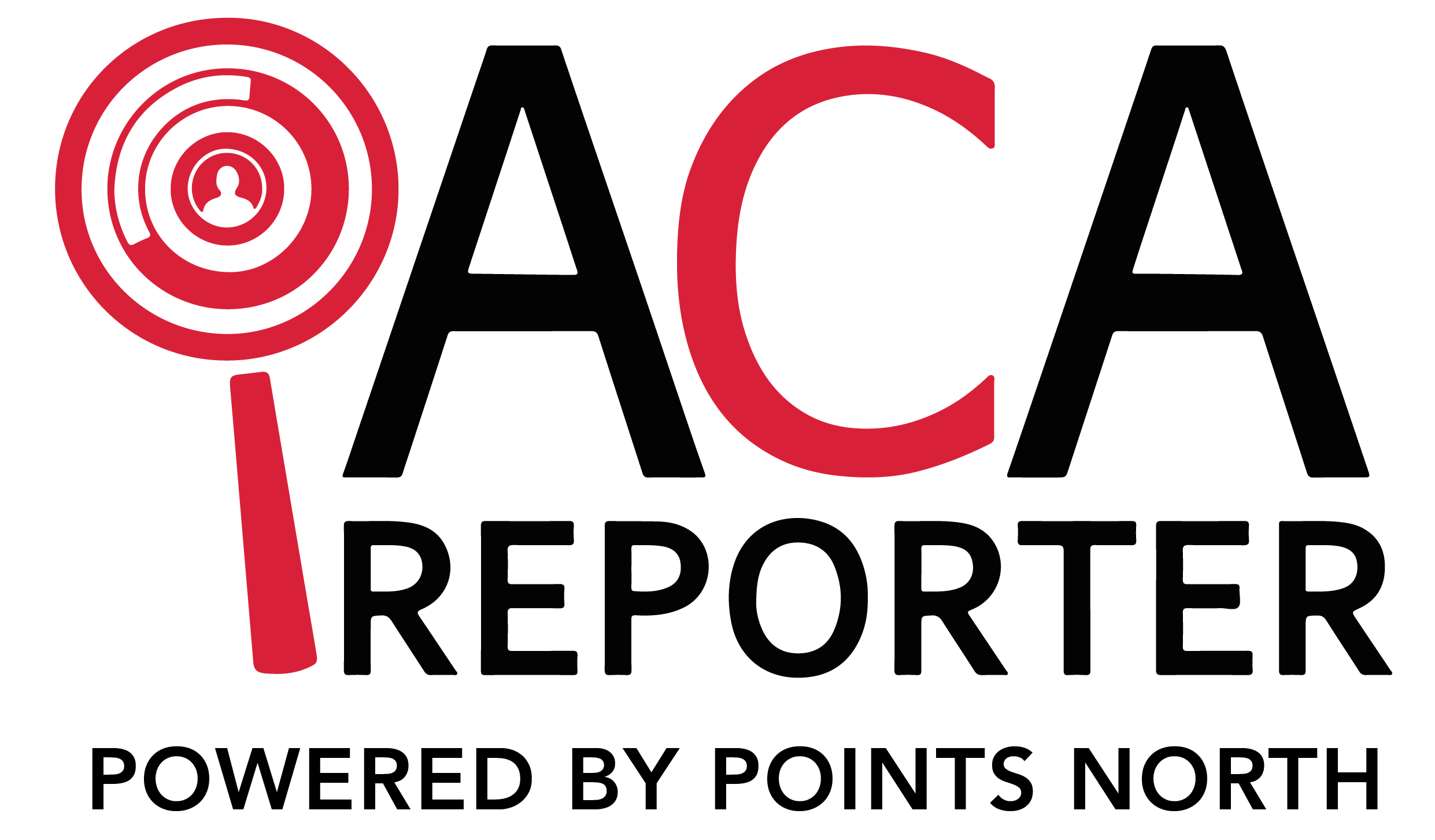If the IRS thinks that you failed to offer sufficient health coverage as per the Affordable Care Act (ACA), you can consult the insightful report by the Treasury Inspector General for Tax Administration (TIGTA).
ACA Shared Responsibility Payment
The report by TIGTA identified a difference between the shared responsibility payment numbers by ACA. The planned amounts to be analyzed in 2015 and 2016 were $17 Billion but the actual amount was $749 million after the employers were allowed to contest the predicted amounts. Additionally, TIGTA says that long term revenue from these payments would be far less than what the Congress estimated. The fact that TIGTA's reports indicated some avenues where irresponsible employer reporting and procedural issues by IRS resulted in an initial miscalculation; employers should make note of some crucial aspects for the employer's shared responsibility payments.
Complying With ACA Mandate
The foremost step through which you can stay away from shared responsibility payments is by making sure that you're complying with the "Pay or Play rule" or the ACA mandate. This rule asks employers that have 50 or more full-time employees to provide the employees and their dependents with minimum essential health coverage that is affordable at a minimum value. When it comes to the determination of full-time status or equivalence, along with affordability, there are some nuances involved. Hence, working with the benefits counsel is an ideal way to go around for an employer considering optional compliance with the shared responsibility mandate.
In the case when an employer fails to cover the expenses of 95% of his full-time employees along with their dependents, and a full-time employee gets a premium tax credit, the employer is then penalized under the A penalty within the shared responsibility payment (I.R.C Section 4980H(a)). The A penalty involves the respected payment amount multiplied by the total tally of full-time employees within the company.
Moreover, the employer is penalized with a B penalty if a full-time employee gets a premium tax credit primarily due to coverage not being offered, wasn't affordable, and/or didn't provide a minimum value, even if the employer gives health coverage to 95% of his employees. The B penalty is not charged to all employees but to just the ones who got a premium tax credit.
File Information Annually
Large employers applicable to do so should file returns of their information within the IRS on 2 forms including 1094-C and 1095-C. As soon as the IRS analysis of potential shared responsibility payments for the tax year is done, they will issue inquiry letters. This entire process roughly takes about 2 years. It is important for employers to fill out these forms accurately since TIGTA reported that majority adjustments that took place in the IRS’s proposed share responsibility amounts were due to errors within the form, even though the amount was adjusted later.
Proposed Shared Liability Payment
The inquiry letter issued by IRS will include the payment amount details owing along with a form submitting the payment or explaining the circumstances of his disagreement with it. Even though the IRS would usually work with employees according to their time frame, an employer is required to respond to the inquiry within 30 days.
If you find yourself receiving a shared responsibility payment inquiry, review it attentively and consult with a legal counsel if necessary. This is because TIGTA's report in 2015 evidently displayed that the proposed amounts were reduced significantly after the employees' response to it. Scrutinizing the submitted forms and the inquiry is the way to find out if the calculated payment on the inquiry is wrong. If you or your legal counsel concludes that it is, you should move forward with proofs along with detailed explanations supporting your claim, and that could possibly reduce or eliminate the payment claim.
If you need help with your ACA Reporting please reach out to us directly by clicking here.





